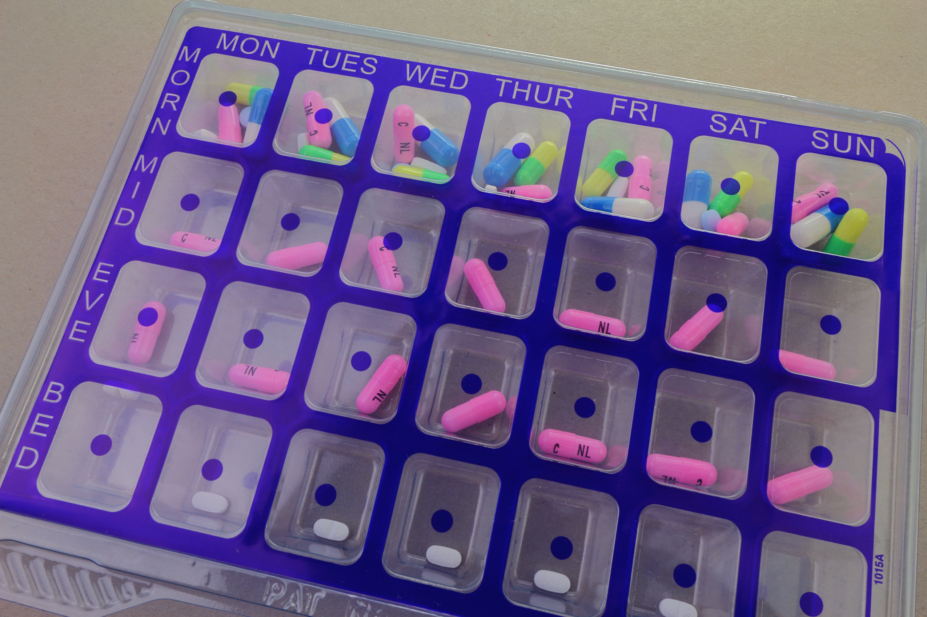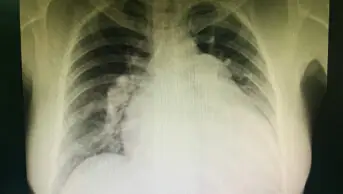
Shutterstock.com
High adherence to intensive lipid-lowering therapy provides the greatest risk reduction for cardiovascular events, a study in JAMA Network Open (7 December 2018) has shown[1]
.
The study used data from 29,797 primary care patients in the UK who were newly treated with statins and/or ezetimibe.
Among the 16,701 patients with documented cardiovascular disease at baseline, adherence (defined as 80% or higher proportion of days covered) was greater in those prescribed high-intensity therapy (84.1% in year 1 and 72.3% in year 6) compared with low-intensity therapy (57.4% in year 1 and 48.4% in year 6).
Each 10% increase in combined intensity/adherence was associated with a 10% reduced risk of a cardiovascular event. Overall, adherent patients receiving the highest intensity therapy had a 40% reduction in cardiovascular event risk compared with patients who were untreated for one year or longer.
The findings were similar in the subgroups of patients with type 2 diabetes mellitus (n=12,422) and chronic kidney disease (n=674).
Previous research has shown that treatment intensity and adherence are independently associated with outcomes, but the researchers said their study was the first to examine the two in combination.
“Strategies that optimize [lipid] reduction through better use of high-intensity statins and improved adherence could potentially reduce the risk of cardiovascular disease in high-risk populations,” they concluded.
References
[1] Khunti K, Danese M, Kutikova L et al. Association of a combined measure of adherence and treatment intensity with cardiovascular outcomes in patients with atherosclerosis or other cardiovascular risk factors treated with statins and/or ezetimibe. JAMA Netw Open 2018;1:e185554. doi: 10.1001/jamanetworkopen.2018.5554


